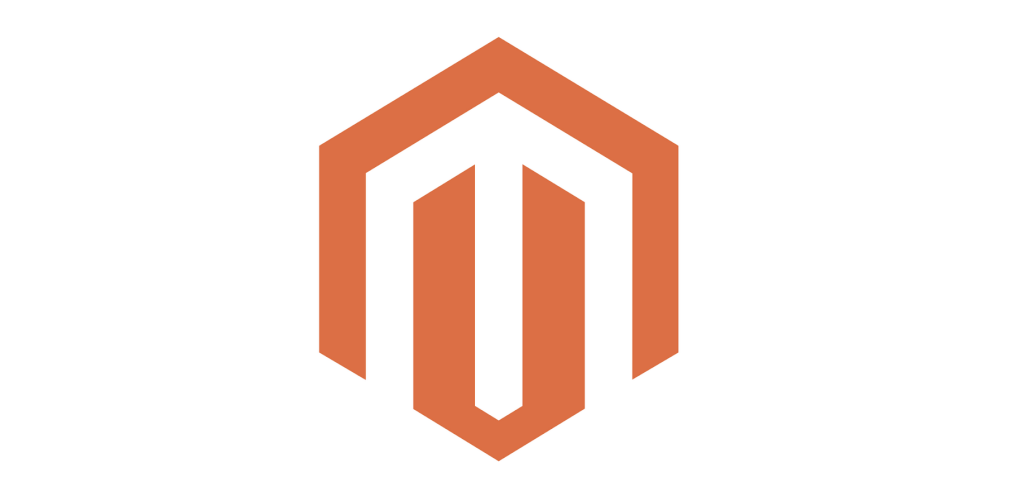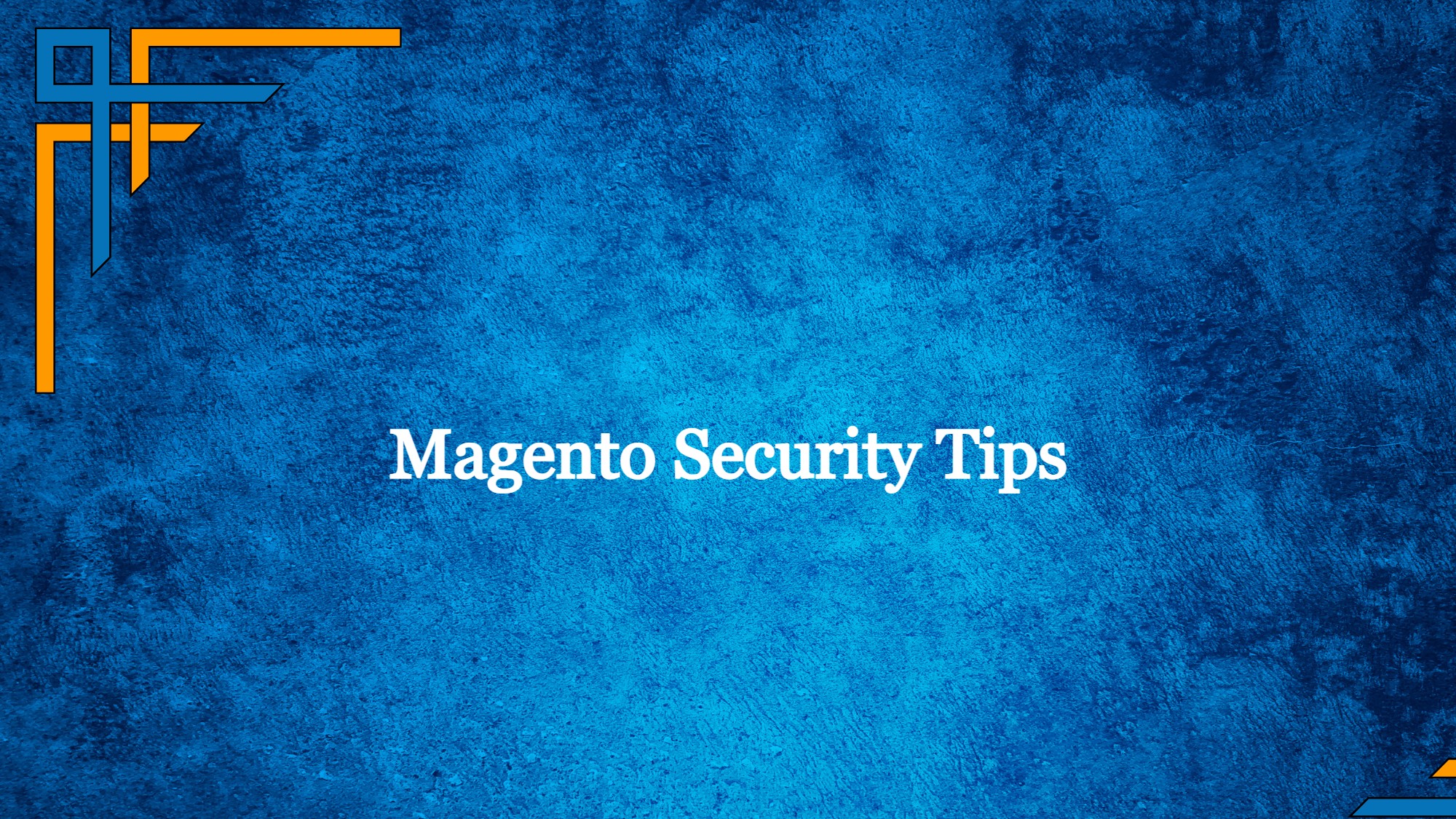
HackRead reports that in 2020, during a payment skimmer attack, over 500 Magento websites got hacked. Each online store holds a massive amount of data, including customers’ personal information. Hence, to protect it from leaking, it’s vital to watch out for your Magento 2 website’s security. Unfortunately, Magento 2 store owners often fail to ensure security, leaving their eCommerce websites vulnerable.
We’ve prepared eleven tips that will equip you and assist in keeping the store and customer data safe from attackers. Yet, if you’re not willing to implement them by yourself, you can always turn to Magento development services.
Update Magento to the Latest Version
With every update, Magento puts out patches that address vulnerabilities from previous versions. Keeping up with these patches means you’re never left with last season’s vulnerabilities.
Through Magento migration services you can upgrades often introduce better and more intuitive features. Keeping your platform updated ensures that you’re always delivering a seamless shopping experience, much like ensuring your store aisles are clear and inviting.
Each Magento update also tends to come with performance improvements, like smoother navigation, quicker page load times, or better database optimizations.
Enable Two-Factor Authentication
In a nutshell, enabling 2FA on your Magento store is like adding a high-tech alarm system to an already secure vault, ensuring that your store remains a fortress against unwanted intrusions.
Get exclusive access to all things tech-savvy, and be the first to receive
the latest updates directly in your inbox.
Imagine 2FA as the trusty sidekick to your password. While a password can occasionally be guessed, intercepted, or even leaked, 2FA swoops in, demanding a second form of identification.
Hackers often employ crafty schemes to trick users into revealing their passwords. But with 2FA, knowing the password alone won’t cut the mustard. Even if a hacker tries to log in with stolen credentials, the second authentication step will trip them up. Magento offers easy-to-follow setups for 2FA, making it a no-brainer for any store owner.
Change Password Regularly
Over time, you’ve probably signed in from a bunch of devices or maybe even shared your password with a colleague. On the off-chance someone sneaky gets a hold of your password, changing it up often means they won’t get far with it.
And we all know someone (or maybe it’s us) who uses the same password everywhere or goes for those super basic ones. The best passwords are a random mix of characters – long, a bit quirky, with a blend of upper and lower cases, various symbols, and numbers, just like when some websites nudge us to get creative and strong with our password choices.
Create a Unique Backend URL
The default admin URL on Magento is /admin, which is open to brute force attacks and is easy to guess. A distinctive URL makes it more difficult for bots and hackers to locate and access the admin panel. Many hacking tools search for standard backend URLs to exploit vulnerabilities. By switching things up, you’re taking your store off their radar. To change the URL, go to Admin Panel: Stores > Configuration > Advanced > Admin > Admin Base URL.
Screenshot taken on the official Mageplaza website
Backup Regularly
If a cyber attack occurs, instead of panicking or paying ransoms, you may just hit ‘undo’ with a recent backup of your site. Sounds good? Then you need to do backups regularly. Think of it as your digital safety net. You can easily grab a copy of your site’s data using an FTP program. Additionally, you may turn to phpMyAdmin to export the database that has been saved. This way, you’re always ready for a quick bounce-back.
Leverage Firewall
A firewall is the first line of protection against harmful threats and illegal access. To safeguard your store, you may use one of two firewall types. Protect your online store against web security flaws like SQLi, XSS, Brute-force attacks, Bot, spam, malware, DD0S, etc., using a WAF (Web Application Firewall). System/Network Firewall, in its turn, disallows all public access except from your web server.
The beauty of modern firewalls lies in their vigilance. They’re constantly watching, analyzing, and acting on potential threats, ensuring that you’re always one step ahead of those trying to outwit you. Apart from that, firewalls also come with analytics, offering insights into traffic patterns, threat landscapes, and more.
Use HTTPS/SSL
Always make sure your site runs on HTTPS with SSL—it’s the armor that protects your customer data from prying eyes. Small data files known as SSL certificates link the specifics of your Magento store to a security key. The Magento HTTPS protocol and the padlock are activated after they have been installed on a web server to provide a secure connection between the server and the user’s browser.

A familiar padlock icon and “https://” prefix assure visitors that their data is in good hands. It’s a hallmark of authenticity in an often dubious digital world. SSL encryption also ensures that the data like credit card details, addresses, and passwords travel in a coded language is protected.
Apart from that, HTTPS is a deterrent for phishing websites. With SSL, you’re not just protecting your website but also ensuring your customers don’t fall for shady doppelgangers.
Run Magento Scan Tool
Magento Scan Tool is always one step ahead, spotting any hiccups so you can fix ’em up before they blow up into bigger headaches.
But here’s the best part – this tool isn’t just glancing over things. It’s diving headfirst into the smallest details and elements of your website. When a vulnerability is detected, the tool provides insights into its nature and severity. The tool is available for free to Magento merchants.
Utilize Security Patches
Magento often releases security updates to address reported flaws and enhance the platform’s overall security. To protect your shop from potential threats, applying these fixes as soon as possible is critical. Hackers may use these vulnerabilities to obtain unauthorized access to your website and client data if you fail to immediately fix any flaws as soon as they are discovered.
Most security patches are designed to be integrated seamlessly without disrupting your operations. With the right procedures in place, applying them is a breeze. It’s like changing the batteries in your remote—quick, easy, and essential for continued operation.
Use Magento Security Extensions
Magento 2 offers several extensions that may be extremely useful for ensuring your Magento website security. We’ve already mentioned a couple of them. Here are several other valuable Magento security extensions.
Magento Google ReCAPTCHA
CAPTCHA stands for Completely Automated Public Turing Test to Tell Computers and Humans Apart. It’s essentially a clever little test that’s easy for humans but a very complicated task for bots. The beauty of Google ReCAPTCHA, in particular, is its evolution beyond those distorted texts that were, let’s face it, sometimes more of a hassle for humans than for bots. Instead, it now often simply requires a user to tick a box that says, “I’m not a robot.”
Magento’s Google ReCAPTCHA integration steps up the game even more. Its adaptive challenges and advanced risk analysis engine mean it can tell the difference between a genuine customer trying to make a purchase and a bot trying to cause mischief.
What is more, Google ReCAPTCHA is designed to smoothly slot into your site’s design, ensuring users can glide through the process.
Screenshot taken on the official Mageplaza website
Watchlog
Watchlog’s primary goal is to observe and record any sketchy shenanigans on your website. One standout feature of Watchlog is its ability to differentiate between normal user activity and potentially malicious behavior. Let’s say someone’s repeatedly attempting to log in with incorrect credentials or from a suspicious location. Watchlog not only logs this fishy behavior but also promptly shoots off alerts, ensuring you’re always aware of any brewing trouble.
Moreover, Watchlog provides an in-depth overview of all backend access attempts. This means you can easily identify patterns, perhaps noting that there are unusually high login attempts during off-hours, hinting at a possible vulnerability.
For those diving deep into site analytics and management, Watchlog is also a goldmine. Its detailed logs can aid in troubleshooting, user management, and even refining the user experience. If a section of your website sees repeated failed access attempts, it might hint at a usability issue rather than a security one.
Image credit: Adobe
Admin Actions Log for Magento 2
Admin Actions Log is your backend’s black box recorder, capturing every move with precision. In the event of a crash or mishap, you can pull up the log and play detective, tracing back the sequence of events and pinpointing where things might have gone awry.
This extension brings to light the ‘what’, the ‘who’, and the ‘when’. Did someone alter the price of a best-selling item? Or maybe change the settings of a crucial plugin? You won’t be left in the dark with the Admin Actions Log. Every action is timestamped, detailing who made the change and when it was made.
Image credit: Amasty
Security Suite for Magento 2
At its core, the Security Suite is the epitome of holistic security. Rather than you working with separate tools, piecing together a makeshift safety net, it bundles together everything you need into one sleek package. As a result, you receive:
- Total transparency of all backend actions. Each logged activity has complete information available for viewing;
- Tracking of ongoing sessions and previous page visits. If the administrators do any improper acts, you can undo the modifications;
- Capability to assign roles to certain store managers and regulate user rights with complex password settings;
- Notifications when login behavior from unknown geolocations seems questionable;
- Two-step authentication. To produce a security code scan, add the Google Authenticator;
- Spam protection with Google Invisible reCaptcha.
Screenshot taken on the official Amasty website
Final Word
In an age of evolving cyber threats, it’s vital to remain equipped. Luckily, there are many efficient practices and Magento 2 tools ensuring full protection. Hopefully, our guide will assist you in determining and utilizing the most suitable solutions. One thing you should clearly understand is that you should constantly monitor the security of the store and rapidly take measures if something goes wrong.



